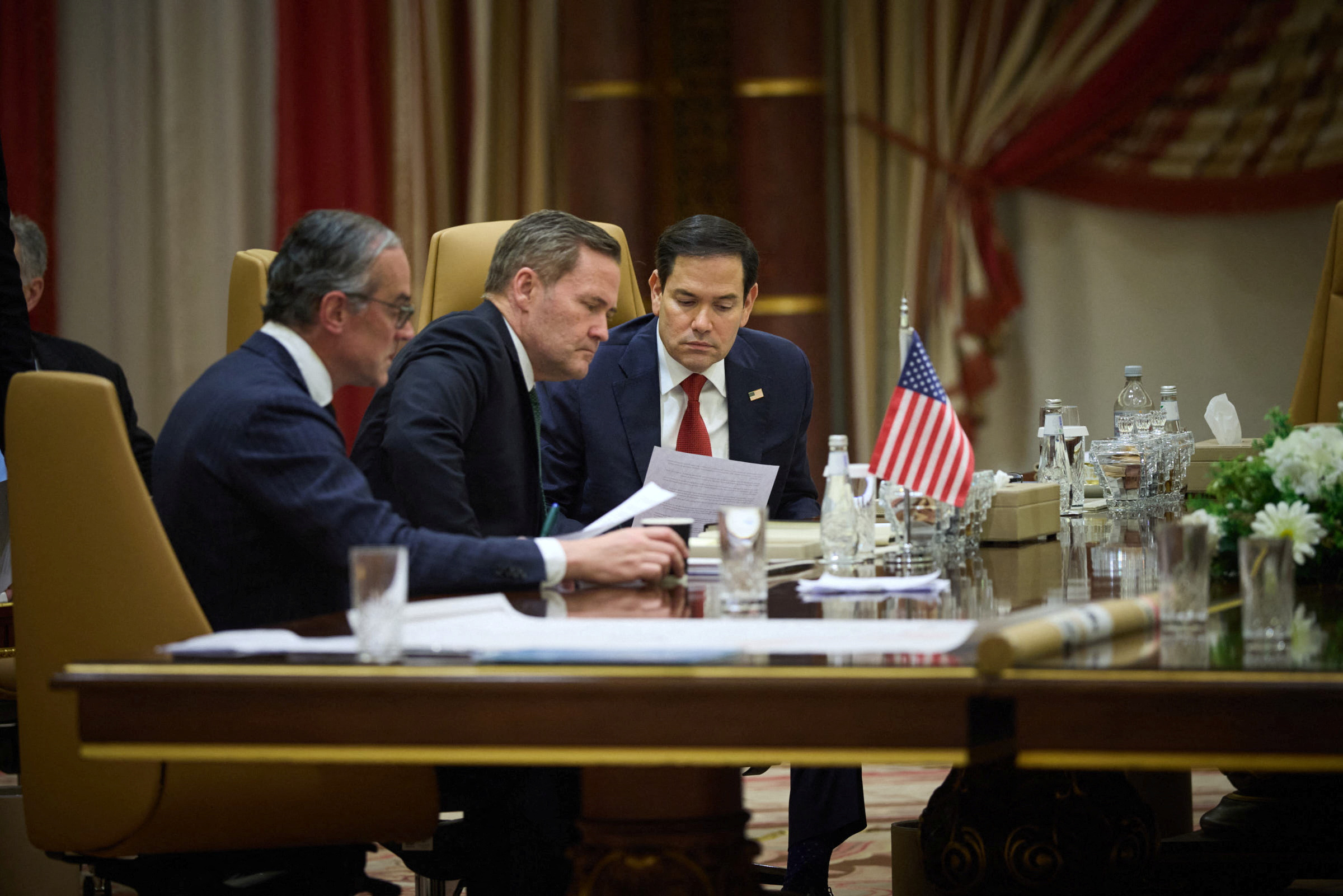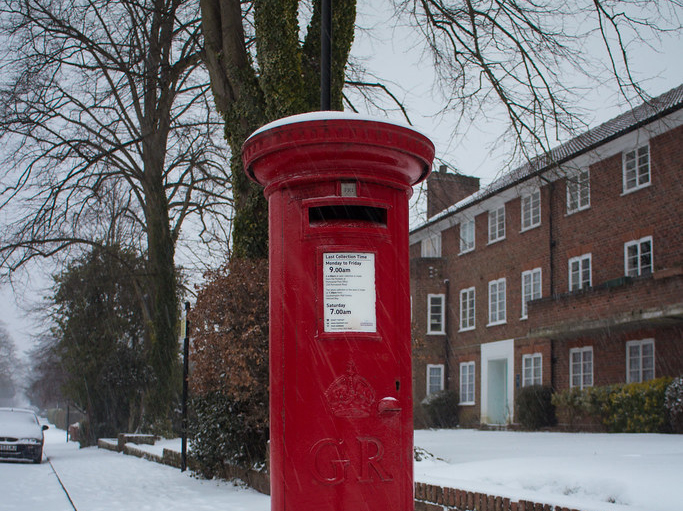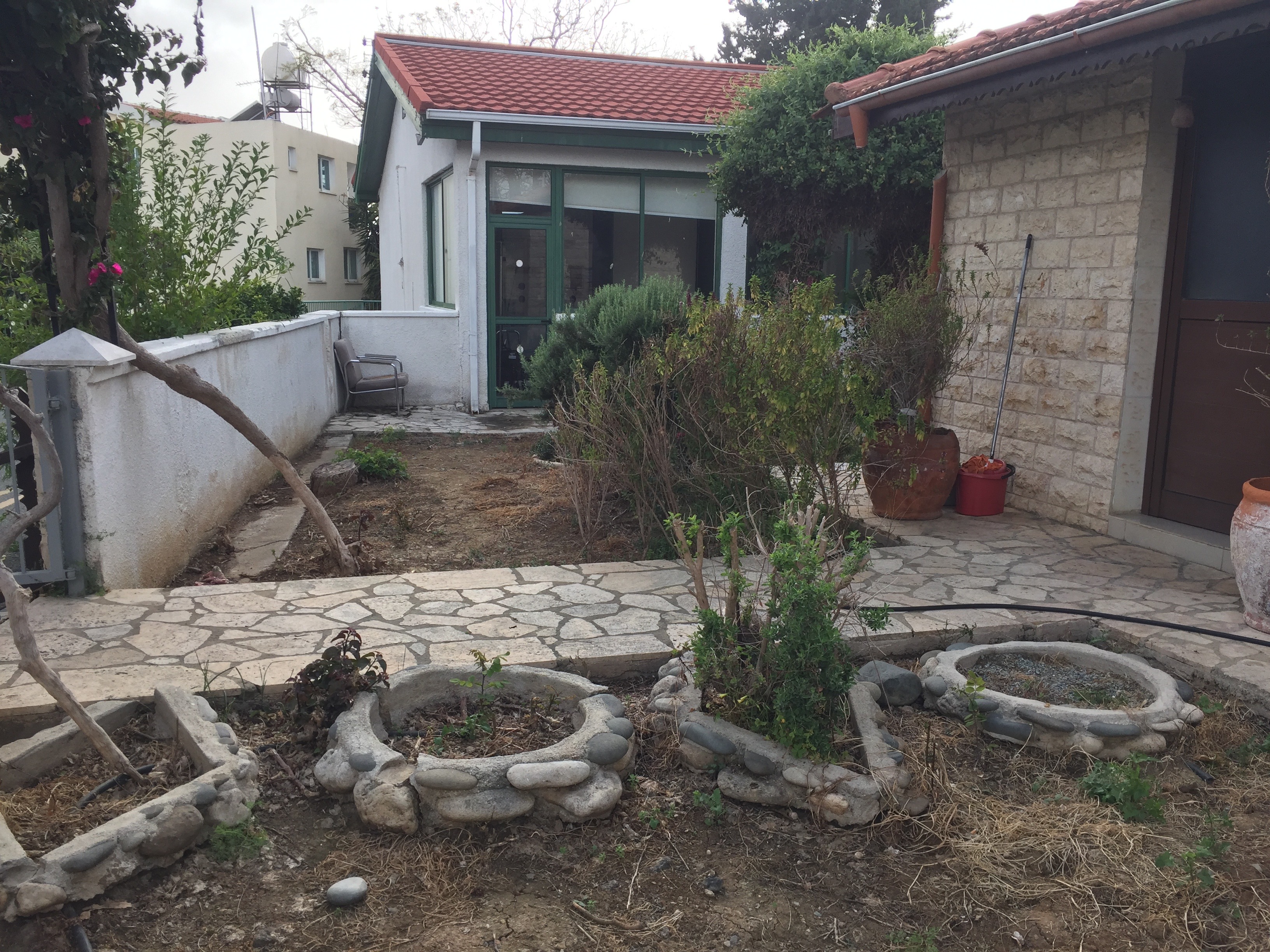The United States agreed on Tuesday to resume military aid and intelligence sharing with Ukraine after talks where Kyiv said it would accept a U.S. proposal for a 30-day ceasefire in its conflict with Russia, the countries said in a joint statement.
U.S. Secretary of State Marco Rubio said the U.S. would now take the offer to Russia, and that the ball is in Moscow’s court.
“The President wanted this war to end yesterday… So our hope is that the Russians will answer ‘yes’ as quickly as possible, so we can get to the second phase of this, which is real negotiations,” Rubio told reporters, referring to U.S. President Donald Trump, after more than eight hours of talks in Jeddah.
The Kremlin launched a full-scale invasion of Ukraine three years ago, and Russia, which has been making advances, now holds around a fifth of Ukraine’s territory, including Crimea, which it annexed in 2014.
Rubio said Washington wanted a full agreement with both Russia and Ukraine “as soon as possible.”
“Every day that goes by, this war continues, people die, people are bombed, people are hurt on both sides of this conflict,” he said.
How Moscow would respond was far from certain.
Russian President Vladimir Putin has said he is open to discussing a peace deal. But he has ruled out territorial concessions and has said Ukraine must withdraw fully from four Ukrainian regions claimed and partly controlled by Russia.
Ukrainian President Volodymyr Zelenskiy, who was in Saudi Arabia but did not participate in the talks, said the ceasefire was a “positive proposal,” that covers the frontline in the conflict, not just fighting by air and sea.
In Saudi Arabia, the U.S. and Ukraine also said they agreed to conclude as soon as possible a comprehensive agreement for developing Ukraine’s critical mineral resources, a deal that has been in the works for weeks and was thrown into limbo by an acrimonious White House meeting between the Republican U.S. president and Zelenskiy last week.
What is US-Ukraine proposed 30-day ceasefire deal about?
WHAT IS THE AGREEMENT ABOUT?
Ukraine expressed readiness to accept the U.S. proposal to enact an immediate, interim 30-day ceasefire, which can be extended by mutual agreement of the parties, the joint statement says.
Ukrainian President Volodymyr Zelenskiy said in his nightly video address that the U.S. proposed taking a full interim ceasefire, stopping missile, drone, and bomb attacks, not only in the Black Sea, but also along the entire front line.
“Ukraine is ready to accept this proposal — we see it as a positive step and are ready to take it,” Zelenskiy said.
WHAT ELSE WAS AGREED?
The United States said it would immediately lift the pause on intelligence sharing and resume security assistance to Ukraine. Ukrainian officials said late on Tuesday that both aid and intelligence sharing have resumed.
In Tuesday’s joint statement, the two countries said they agreed to conclude as soon as possible a comprehensive agreement for developing Ukraine’s critical mineral resources.
The minerals agreement has been in works for weeks and was thrown into limbo after an acrimonious White House meeting on February 28 between the U.S. President Donald Trump, who has long been a Ukraine aid sceptic, and Zelenskiy.
Both sides also stressed the importance of humanitarian relief efforts as part of the peace process, particularly during the ceasefire, including the exchange of prisoners of war, the release of civilian detainees, and the return of forcibly transferred Ukrainian children.
Both sides agreed to name their negotiating teams and immediately begin peace negotiations.
WHAT HAPPENS NEXT?
The agreement is subject to acceptance and concurrent implementation by Russia. U.S. officials said they would take the agreement to Moscow.
Trump’s national security adviser, Mike Waltz, was due to meet his Russian counterpart in the coming days and Trump’s special envoy Steve Witkoff plans to visit Moscow this week to meet Putin.
Trump said that he might speak with Putin this week and that he hoped a lasting ceasefire would be negotiated in the coming days.
The Russian foreign ministry said after the U.S-Ukraine talks on Tuesday only that it did not rule out contacts with U.S. representatives.
A top aide to Zelenskiy said options for security guarantees to Ukraine were discussed with U.S. officials. The aide did not detail the options. Security guarantees have been one of Kyiv’s key aims, and some European countries have expressed willingness to explore sending peacekeepers.
Rubio said the plan will be delivered to the Russians through multiple channels. Trump’s national security adviser, Mike Waltz, told reporters that he would be talking to his Russian counterpart in the coming days.
In the joint statement, Ukraine reiterated that European partners should be involved in the peace process. NATO Secretary General Mark Rutte will be at the White House on Thursday.
UPENDED ALLIANCE
Under Trump, Kyiv’s one-time staunchest ally Washington has upended its policy on the war and piled pressure on Ukraine.
Waltz said the initial resumption of military assistance for Ukraine would entail equipment from U.S. stockpiles. This was approved by former U.S. President Joe Biden, using so-called Presidential Drawdown Authority, before he left office, and stopped by Trump after the acrimonious White House meeting.
As the diplomacy plays out, Ukraine’s battlefield positions have been under heavy pressure, particularly in Russia’s Kursk region where Moscow’s forces have launched a push to flush out Kyiv’s troops, which had been trying to hold a patch of land as a bargaining chip.
Ukraine overnight launched its biggest drone attack on Moscow and the surrounding region yet, showing that Kyiv can also land major blows after a steady stream of Russian missile and drone attacks, one of which killed 14 people on Saturday.
The attack, in which 337 drones were downed over Russia, killed at least three employees of a meat warehouse and caused a short shutdown at Moscow’s four airports, Russian officials said.
Ukraine said its drones struck an oil refinery near Moscow and a facility in Russia’s Oryol region, while Hungary said crude oil shipments via Russia’s Druzhba pipeline were suspended following the attack.
U.S. and Russian officials met in the Saudi capital in February in a rare encounter between the former Cold War foes. The discussions were focused largely on restoring ties after a near-total freeze on official contact under Biden, Trump’s Democratic predecessor.







Click here to change your cookie preferences